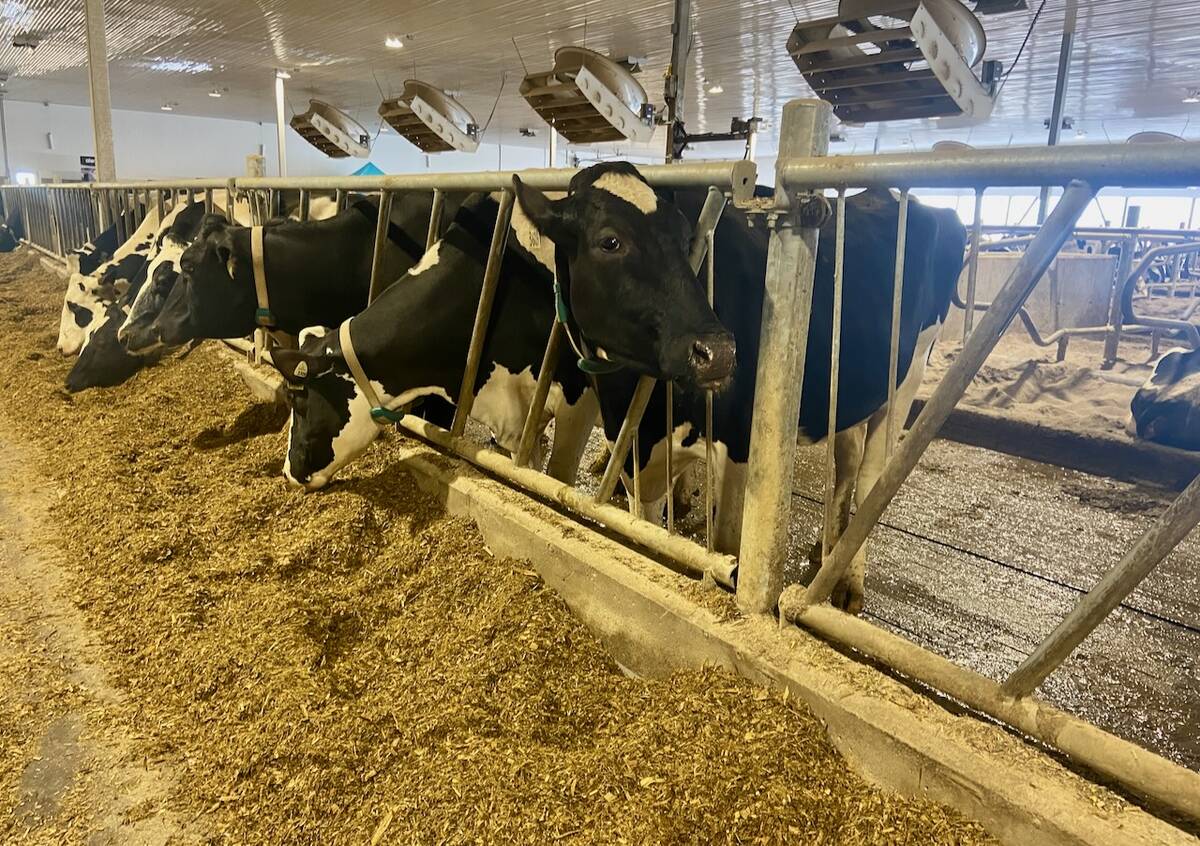Cool, wet weather has slowed the spread of anthrax among bison at Wood Buffalo National Park in northern Alberta.
As of Aug. 4, 61 bison carcasses were found and none since, said Mike Keizer, park communications manager.
Park officials were running daily helicopter surveys using heat scanning equipment to detect decomposing carcasses in the heavily forested regions of the park.
Record heat at 30 C helped spread the disease starting July 17 but cooler temperatures in the last week appear to have curtailed it.
“It has been cool and wet up here, which seems to slow down the anthrax,” said Keizer.
Read Also

U.S. farm group supports supply management
U.S. grassroots farm advocacy group pushing new agriculture legislation that would move towards supply management like Canada has for dairy industry
Many of the dead animals were found near a public camping ground so additional steps were taken to remove and destroy carcasses. All were treated with formaldehyde to discourage scavengers and then the carcasses were burned for five days.
The ash and surrounding ground was also treated again with formaldehyde to destroy any remaining anthrax spores.
“Lime doesn’t work because we have found bears with lime on their faces,” he said.
This is the third anthrax outbreak for the park in 13 years.
No deer were affected. There are no elk in the park where about 5,400 bison roam in dense forest. The park is the second largest in the world so staff may not find all the dead animals.















